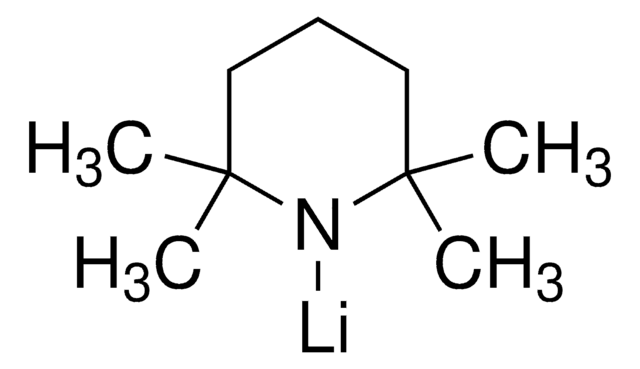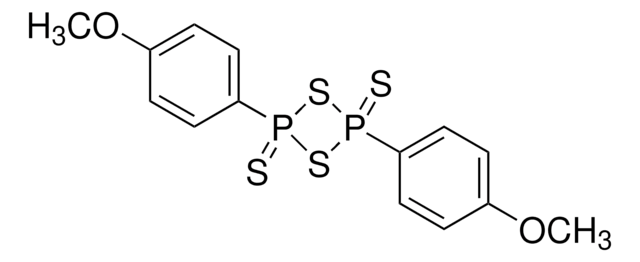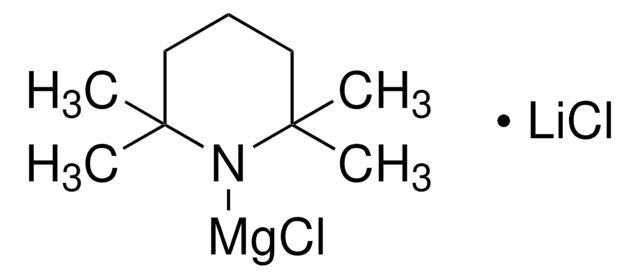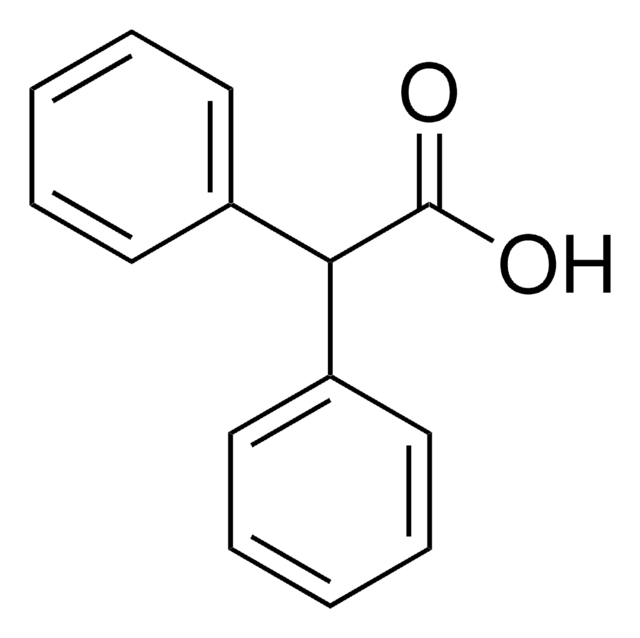296961
Lithium diisopropylamide
10 wt. % suspension in hexanes
Synonyme(s) :
LDA
About This Item
Produits recommandés
Densité de vapeur
>1 (vs air)
Concentration
10 wt. % suspension in hexanes
Densité
0.864 g/mL at 25 °C (lit.)
Groupe fonctionnel
amine
Chaîne SMILES
[Li]N(C(C)C)C(C)C
InChI
1S/C6H14N.Li/c1-5(2)7-6(3)4;/h5-6H,1-4H3;/q-1;+1
Clé InChI
ZCSHNCUQKCANBX-UHFFFAOYSA-N
Vous recherchez des produits similaires ? Visite Guide de comparaison des produits
Mention d'avertissement
Danger
Mentions de danger
Classification des risques
Aquatic Chronic 2 - Asp. Tox. 1 - Eye Dam. 1 - Flam. Liq. 2 - Repr. 2 - Skin Corr. 1B - STOT RE 1 Inhalation - STOT SE 3
Organes cibles
Central nervous system, Nervous system
Code de la classe de stockage
3 - Flammable liquids
Classe de danger pour l'eau (WGK)
WGK 3
Point d'éclair (°F)
-14.8 °F - closed cup
Point d'éclair (°C)
-26 °C - closed cup
Faites votre choix parmi les versions les plus récentes :
Déjà en possession de ce produit ?
Retrouvez la documentation relative aux produits que vous avez récemment achetés dans la Bibliothèque de documents.
Notre équipe de scientifiques dispose d'une expérience dans tous les secteurs de la recherche, notamment en sciences de la vie, science des matériaux, synthèse chimique, chromatographie, analyse et dans de nombreux autres domaines..
Contacter notre Service technique











